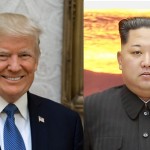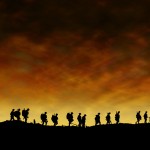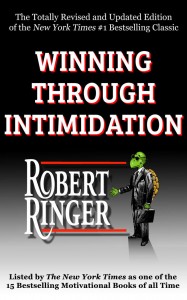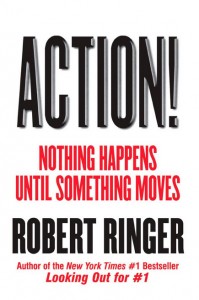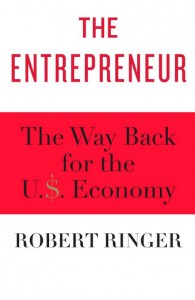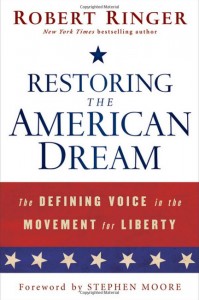A Golden Anniversary of Bad Decisions
Posted on March 24, 2015 by Dr. Earl Tilford
“A Great nation cannot wage a little war.”
–Duke of Wellington to Parliament, 1838
In September 1964, shortly after Congress passed the Gulf of Tonkin Resolution authorizing President Lyndon Johnson to conduct military operations against North Vietnam, the administration tasked the departments of defense and state for military options. The recent stalemate in Korea warned against future ground wars in Asia. Additionally, as November elections neared Johnson promised “no wider war” in Vietnam. Johnson instead focused on restructuring America into the “Great Society.”
Meanwhile, after reviewing options the administration turned to air power for quick results with minimal risk. Johnson compared air power to a thermostat allowing him to selectively apply the “heat” to North Vietnam. Johnson opted for a “slow squeeze approach” starting in North Vietnam’s panhandle and expanding northward toward the capital of Hanoi enlarging the target list—94 in all—until communists stopped supporting aggression against South Vietnam and negotiated an end to the conflict. All he needed was the right provocation to get started.
On November 1, 1964, Viet Cong insurgents attacked Bien Hoa Air Base outside South Vietnam’s capital of Saigon killing five American airmen and destroying six B-57 bombers. With the election 48 hours away, Johnson demurred. On February 7, 1965 the Viet Cong attacked Pleiku Air Base in the central highlands, killing eight Americans and destroying nine aircraft. Following two small retaliatory raids rendering insignificant results, the Johnson administration launched “Operation Rolling Thunder,” a 28-day limited air campaign. Rolling Thunder lasted three years and eight months. In July, further attacks in South Vietnam prompted the deployment of U.S. ground combat forces to defend American air bases. In November 1965, American and North Vietnamese forces clashed for the first time in the Battle of the Ia Drang Valley, a bloody fight immortalized in the motion picture “We Were Soldiers.” Two years later, 500,000 Americans were stationed in South Vietnam.
Fifty years ago, to satisfy domestic political considerations, President Johnson chose air power to avoid a potentially costly, bloody ground war. He knew Democrats lost the presidency in 1952 partly because Republicans blamed them for losing China to communists. He feared a communist takeover in South Vietnam risked winning his second term in 1968. Johnson needed two full terms to entrench Great Society programs in education, expand medical care, and pursue civil rights legislation, especially registering Democratic voters in the no longer “solidly Democratic” South. Johnson also feared a military miscalculation might provoke a massive intervention by communist Chinese troops like in Korea in 1950 or a nuclear war with Russia. American strategy revolved around negatives: not losing, not risking a wider war, not causing collateral damage, and not suffering too many casualties. Wars are lost by not fighting to win.
From 1975 until the quick victory over Iraqi forces in Kuwait in Operation Desert Shield/Storm in 1991, civilian scholars and military strategists poured over the “lessons learned” from Vietnam. Some concluded the United States should never again become involved in a land war on the other side of the world, in a former European colony governed by an unstable regime against an enemy with outside sources of help, driven by a determined ideology and operating in jungles and mountainous terrain. Syria and Iraq have no jungles.
The greater lesson was that sound strategy wins wars. An appropriate strategy, coupled with superior tactics employing superior firepower, wins quickly. Example: Israel in June 1967 during the Six Day War. A superior strategy employed by larger forces pitted against determined foes with equal technologically-advanced weaponry can be bloody—perhaps enormously so—but the side with the bigger battalions and better strategy wins. Example: the United States, Britain, and Soviet Union winning World War II.
Superior forces burdened by flawed strategy, even with a decided technological edge, will lose to an enemy driven by desperation or fanaticism and willing to bear the cost. If the weaker side prolongs the conflict despite losing most of the battles, it still can win the war. Example: The Americans during the Revolutionary War.
A significant weakness of democracy is that its policy makers often fail to appreciate the military capabilities and strategic acumen needed to survive in a hostile and envious world. President Barack Obama’s desire to satisfy his far-left base with its polemically skewed understanding of American history will result in a strategic blunder and another lost war. He would do well to study Johnson administration decision making in 1964 and 1965.


